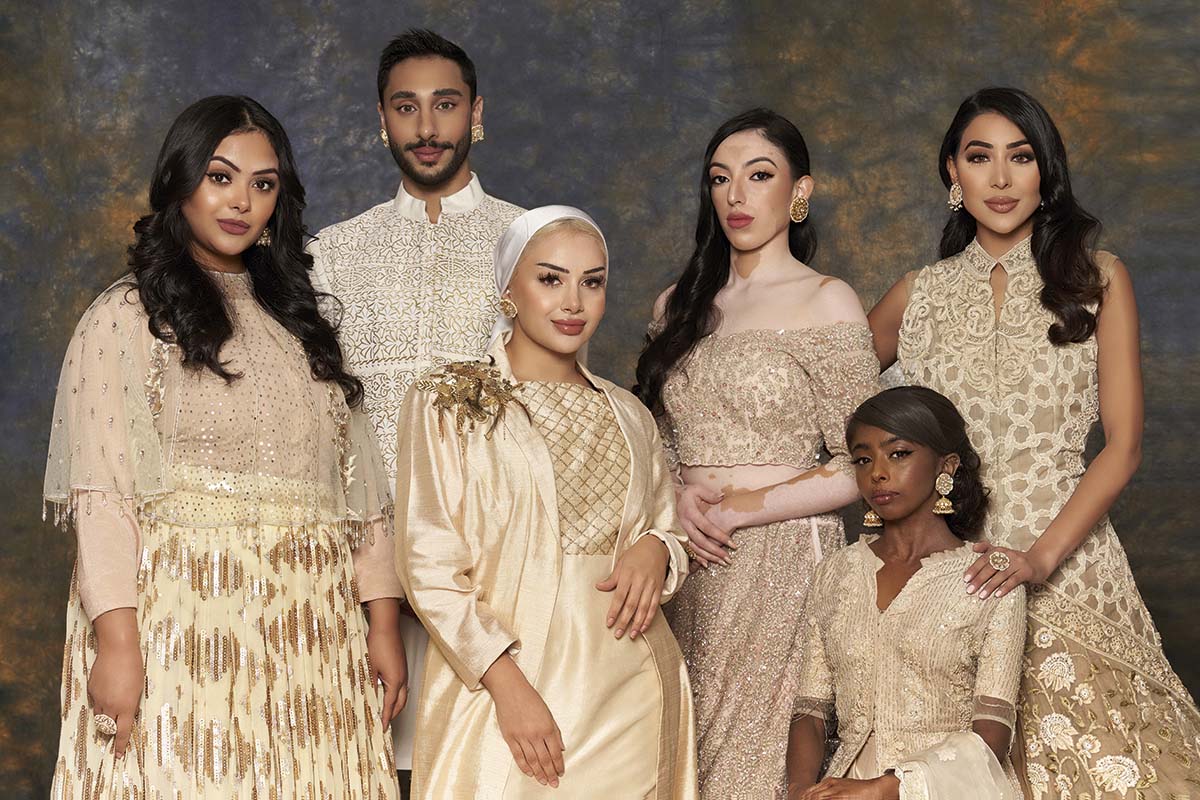
Meet The Influencers: Brown Is Beautiful
A new era of influencers are re-writing the rulebooks, being unapologetically authentic and shaking up the media with their individuality. Introducing Generation Inspiration…
Concept & Styling: Indiya Ahmed
Photography: Alan Strutt
Hair & Makeup: Lubna Rafiq Agency
Words: Momtaz Begum-Hossain
As South Asians growing up in the UK, at some point in our lives we’ve all stopped to think about our identity and where we fit it. How does language, gender, sexuality, and culture, shape us as individuals? How do we connect with our Asian heritage? Do we call ourselves South Asian, British Asian, Desi? The title you feel most comfortable with is the one you should choose, but what if you simply don’t feel comfortable due to how your own community judges you because of how you look?
When Asiana Magazine launched nearly 20 years ago we were the punk rock of Asian publications; doing things our way, setting trends and making brave, bold moves to be different. But we didn’t always get it right. In the early days, not all the models in our campaigns were South Asian because they simply weren’t on the books of modelling agencies. It meant that our readers didn’t always connect with the faces they saw in our magazine.
Two decades on we are committed to changing this by putting diversity, inclusion and representation at the top of our agenda; the three priorities of Editor Indiya Ahmed. She says: “If you don’t see yourself represented in the media it makes you either want to change yourself to blend in, or you lose your self-esteem and accept that you’re not worthy of being seen. I’m working to ensure that no Asiana reader feels this way. I want everyone to know that their story matters.” Our cover story is inspired by our commitment to celebrating difference and we couldn’t think of a better way to do this than inviting six leading Influencers who are all champions of the body positivity movement to grace our cover. Indiya explains: “There are so many types of ‘Asian’ and I wanted to give a platform to the voices that are often excluded from the table but have so much to give. If we are going to stay true to our values we had to do it properly, not just a fashion shoot inside the magazine, but use our cover to make the biggest and boldest statement of our legacy so far: everyone is beautiful and everyone is valid, no matter who you are.”
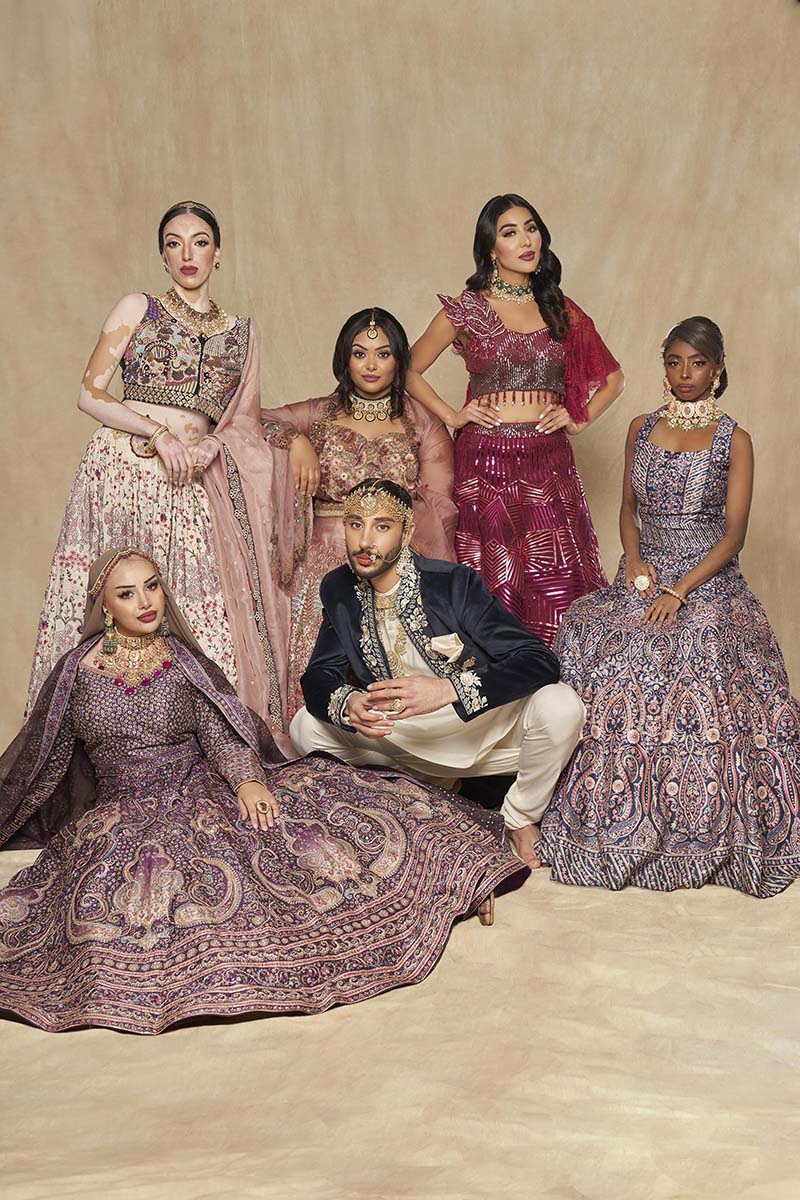
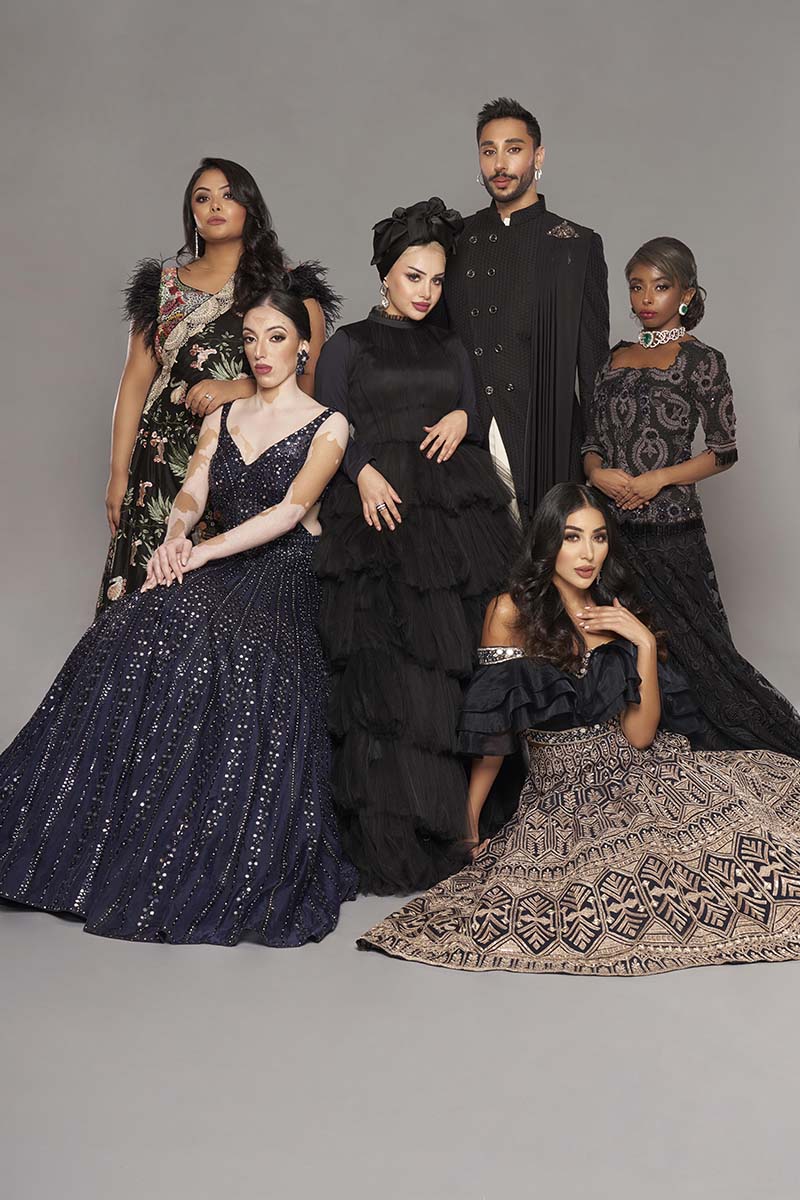
There are many ground-breaking Influencers campaigning every day to make a difference, get their voices heard and inspire younger generations to speak up, stand proud and take up space that is rightfully theirs, so it was a difficult job choosing our six cover stars. Indiya admits: “I was personally touched by each of the stories of our cover stars who have battled with difficult times yet grown to become inspiring role models. Jas has been on a journey accepting and celebrating her skin condition vitiligo while Zain has faced their fears by owning their gender identity and proudly being non-binary. Growing up I loved the Harry Potter movies but like most fans, I wasn’t aware of the pressures faced by actress Afshan to maintain a certain body image so I’m pleased she was able to open up honestly and without judgement. Karishma’s story brought tears to my eyes. She’s so passionate about fighting for representation and won’t let any hurdle stop her from living her dreams while Aaliyah opens up about the spiritual side of being a hijabi blogger. Finally, Aneesa one of Asiana’s Pakistani models shared her anxieties about feeling accepted by the industry. I’m proud of each and every one of them and I hope their stories inspire you to feel inspired and confident to only ever be your authentic self.”
“I want everyone to know that their story matters”
Indiya Ahmed, Editor Asiana
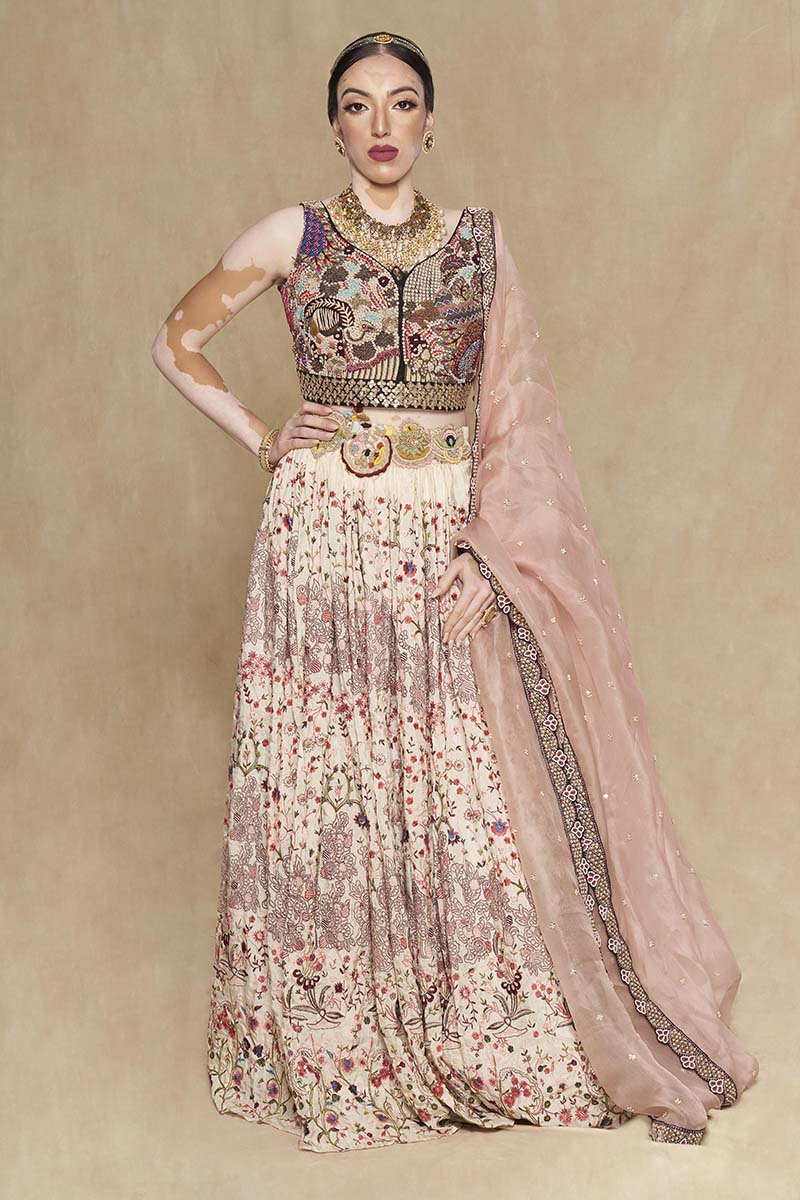

Jasroop Kaur Singh
Model and Vitiligo Awareness Campaigner
@ jasroop.singhx
The embodiment of self-confidence and self-love, model Jas turned a corner in her life in 2020 when she decided to take control of her dreams and not let the narrow-minded negativity of others get in her way.
Jas has a skin condition called vitiligo, a loss of pigmentation leading to patches of colour on her skin. It first showed up when she was just four-years-old – and since then Jas has spent most of her life trying to hide it from the world. She spoke to Asiana about her difficult experience of growing up: “At school, I was treated differently. People would stare at me and make nasty comments. I got a lot of bullying which made me want to cover up my skin because I felt like I didn’t fit in. I would always wear a lot of make-up and full-sleeve clothes because I didn’t feel confident.”
Jas also experienced the stigma that was attached in the Asian community of looking different. But then she came across supermodel Winnie Harlow, who made visibility of vitiligo go mainstream. Jas enthuses: “As soon I saw her she inspired me and I thought if she has the confidence to rock her skin then why can’t I?”
It was during lockdown in 2020 that Jas decided to give modelling a try and 2021 was her first full year working in the modelling industry. The whole experience has completely changed her life, giving her a newfound confidence she has never experienced before. Jas says: “Raising awareness of my skin is something that I hold close to my heart and I want people in the South Asian community to know that it isn’t a bad thing to be different.”
“Raising awareness of my skin is something that I hold close to my heart and I want people in the South Asian community to know that it isn’t a bad thing to be different.”
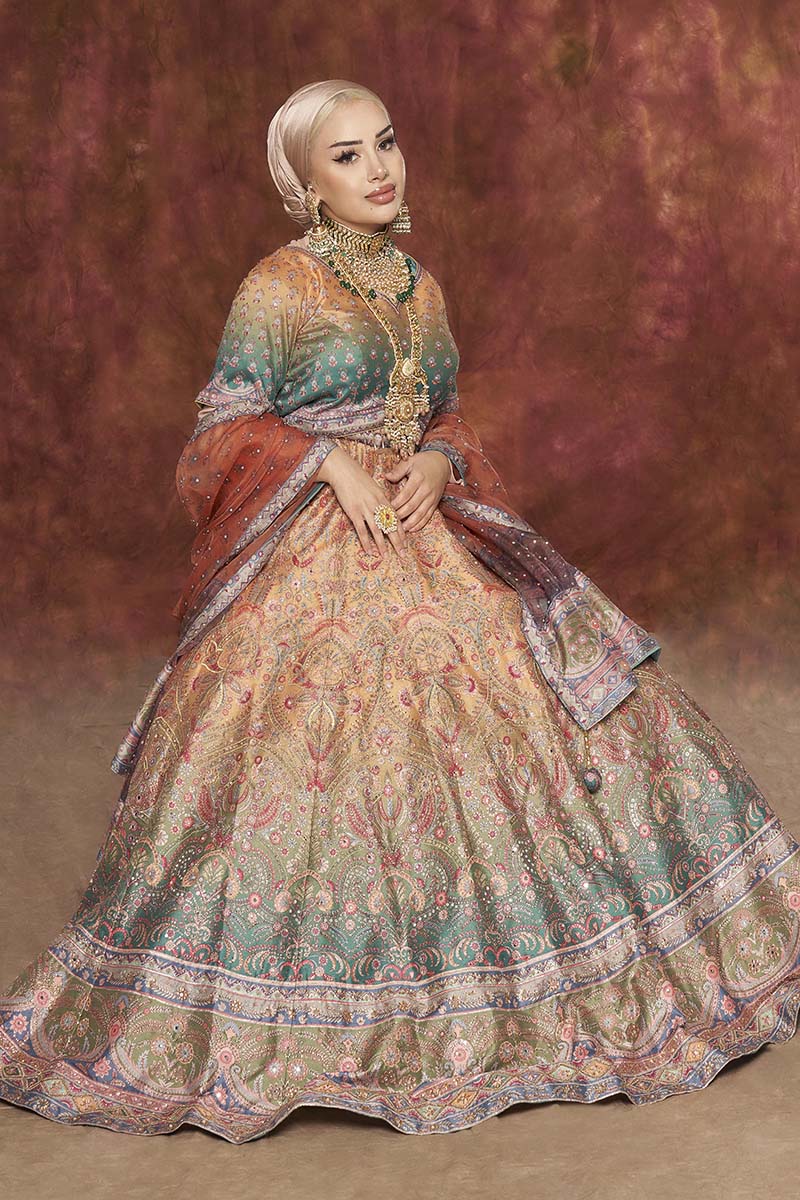
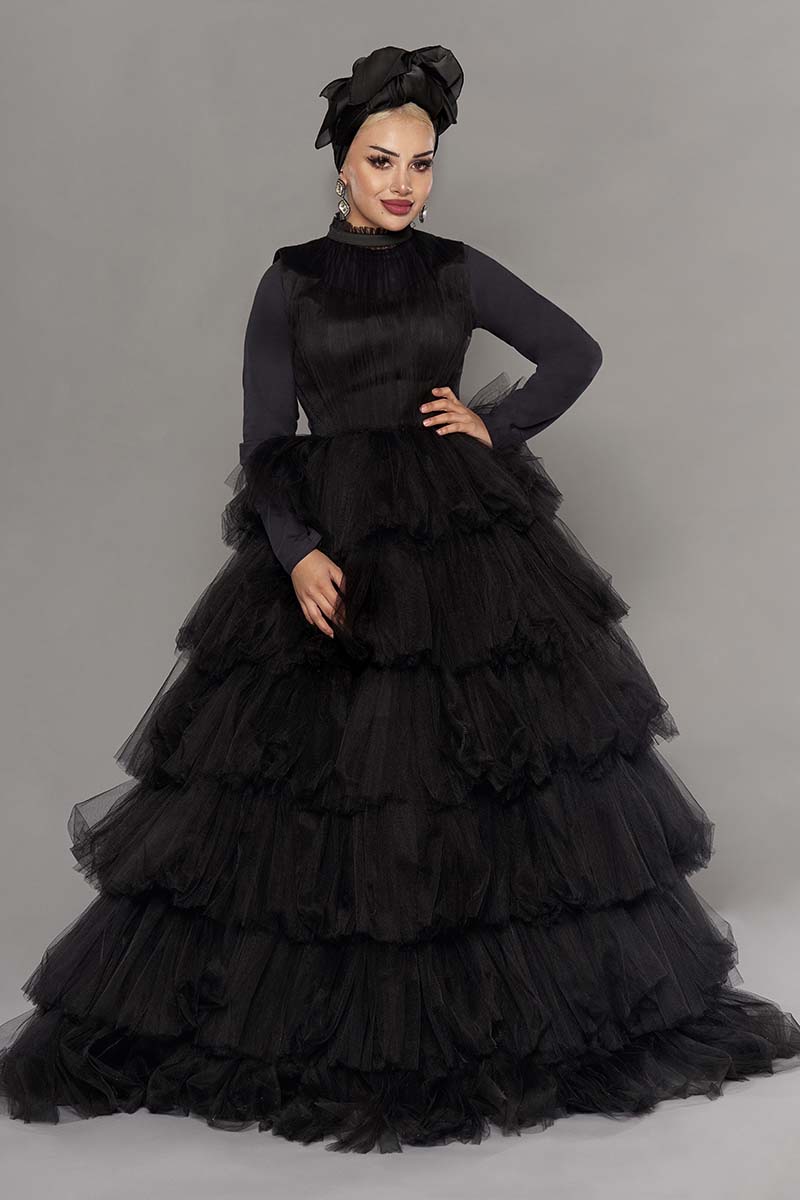
Aaliyah JM
Modest Lifestyle Influencer
@aaliyah.jm
With nearly half a million followers, Aaliyah is aware of how important it is that she used her public platform to put out positive messages for younger girls and it’s something she takes so seriously that she has changed the content she puts on Instagram. Aaliyah explains: “Before I wanted the most perfect shot and the most flawless features and I do admit I was using a lot of re-touching software to soften my skin but it’s not something that I do now. I want to be relatable to younger girls and for them to know it’s ok to just post a picture and be authentically who you are.”
Aaliyah is constantly being watched by the Muslim community, but when she first started covering her hair it was non-Muslims that helped her gain confidence. She reveals: “I was applying for a retail job at Chanel. I didn’t feel like I was going to fit in and maybe not even get a job at the interview but it actually made me a lot more confident. I stood out in a good way and I was pleased to represent the Muslim community and all the girls that are wanting to wear hijab.”
For Aaliyah, wearing the hijab is crucial to her identity, not just as an aesthetic but as a powerful part of who she is: “Everyone is on their own journey but for me, the hijab is a form of protection. It’s part of my devotion to my faith. The hijab and the five pillars stand for who I am and how I choose to live my life.”
“Everyone is on their own journey but for me, the hijab is a form of protection.”


Zain Shah
Beauty Influencer
@ zaddyza1n
Fighting gender stereotypes and representing the queer South Asian community is what motivates Zain to share their passion for beauty on social media. But it took them a long time to feel confident enough to live their truth. Zain explains: “Growing up I would see beautiful people in magazines but none of them looked like me or my family. I thought I could only look beautiful if I had Eurocentric features. It took me nearly 30 years to feel comfortable in my skin tone and with my features knowing that they’re from so many beautiful parts of the world.”
Discovering a pronoun that encapsulated their identity has also helped Zain understand who they are. Zain says: “It’s really important for me to have a pronoun that perfectly describes me because as an individual I don’t fit into the binary. My style is neither masculine or feminine; it’s fluid. For people to address me as non-binary or get my pronouns right as ‘they/them’ means that it’s a safe space for me, I know I can be myself.”
Sharing tutorials and creative make-up on their Instagram has grown Zain’s influence as a respected name in the beauty industry and it’s also helped them feel accepted as part of the queer community, though it has its challenges. Zain explains: “There are lot of discreet gay people and homophobic people within the South Asian community. They’re my toughest critics and one of the biggest hurdles I’ve had to face in my entire life. For anyone else wanting to do what I’m doing, I want them to know, it’s going to be a struggle to be your own authentic self, but it’s worth it.”
Being the first non-binary cover star for Asiana is a major moment for Zain but they are also aware of what it means for the wider narrative around queer South Asians: “This is such a pinch-me moment. Being on the cover of such a major magazine is a big deal. I hope when they see it other queer brown people can feel proud and comfortable to embrace themselves as they are.”
“It’s really important for me to have a pronoun that perfectly describes me because I don’t fit into the binary. My style is neither masculine or feminine; it’s fluid.”

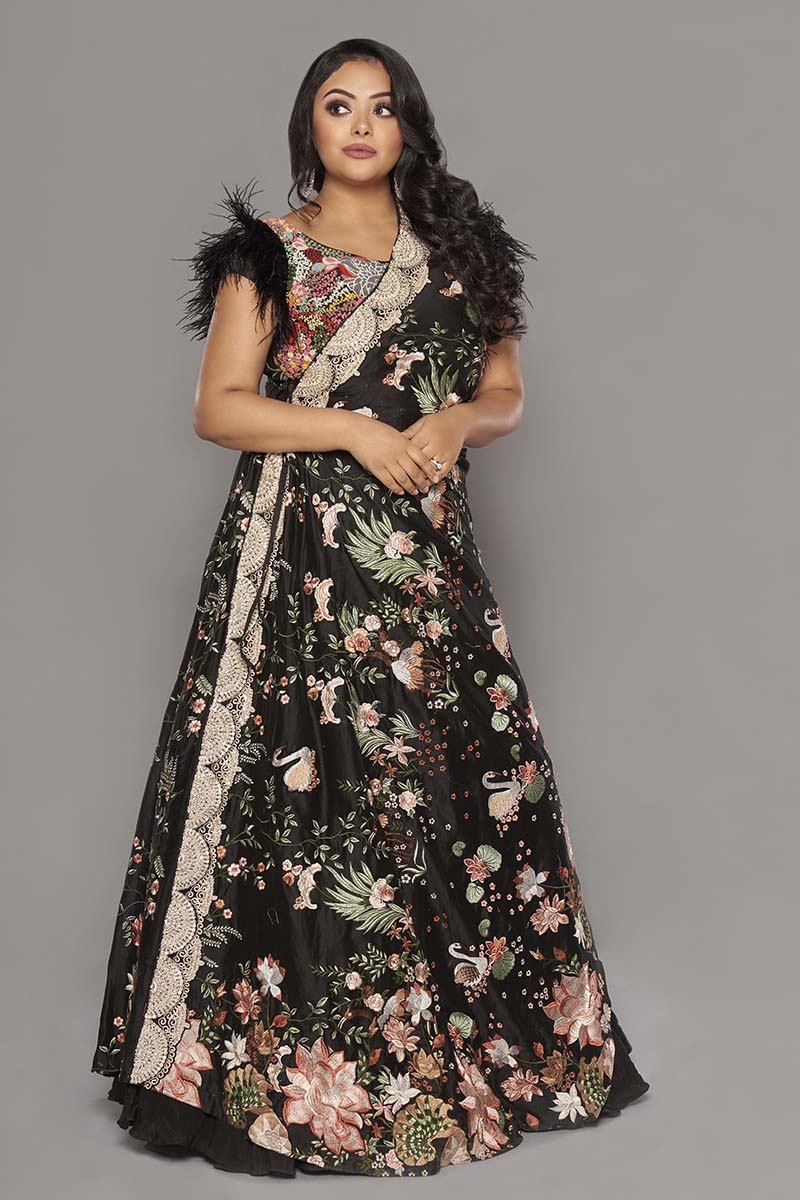
Afshan Azad-Kazi
Actor and Influencer
@ afshanazad
Being cast in one of the biggest franchises in film history, Afshan was just 15-years-old when she was offered the part of playing one of the Patil twins in Harry Potter. Although thousands of South Asian girls applied for the role, it was Afshan – a British Bangladeshi teenager with no acting experience – who won over the producers. Along with the fun, fame and adulation, there was an unexpected downside to the fairytale: Afshan began to feel uncomfortable in her own skin. She explains: “After being thrust into the world of cinema, my inner confidence really took a beating. I became very self-conscious and started constantly comparing myself to other people.”
Support from her family and her fans helped her get through this initial anxiety and replace it with self-belief. Afshan says: “I realised I was inspiring other Bangladeshi girls. So many young girls message me daily me telling me how proud they are of me and I’m really humbled to represent our community.”
Afshan became a mother six months ago, marking another major milestone in her life and it’s altered how she views her body, fuelling her with more self-confidence than ever. She reveals: “There is so much pressure on South Asian women to snap back to your pre-pregnancy weight on social media but now I’m a mum I know it’s not important. My body homed a baby for nine months and I have a beautiful daughter at the end of it. Yeah, I might have gained a few extra pounds but seeing my daughter is worth every pound that I put on during my pregnancy.”
“There is so much pressure on South Asian women to snap back to your pre-pregnancy weight on social media but now I’m a mum I know it’s not important.”
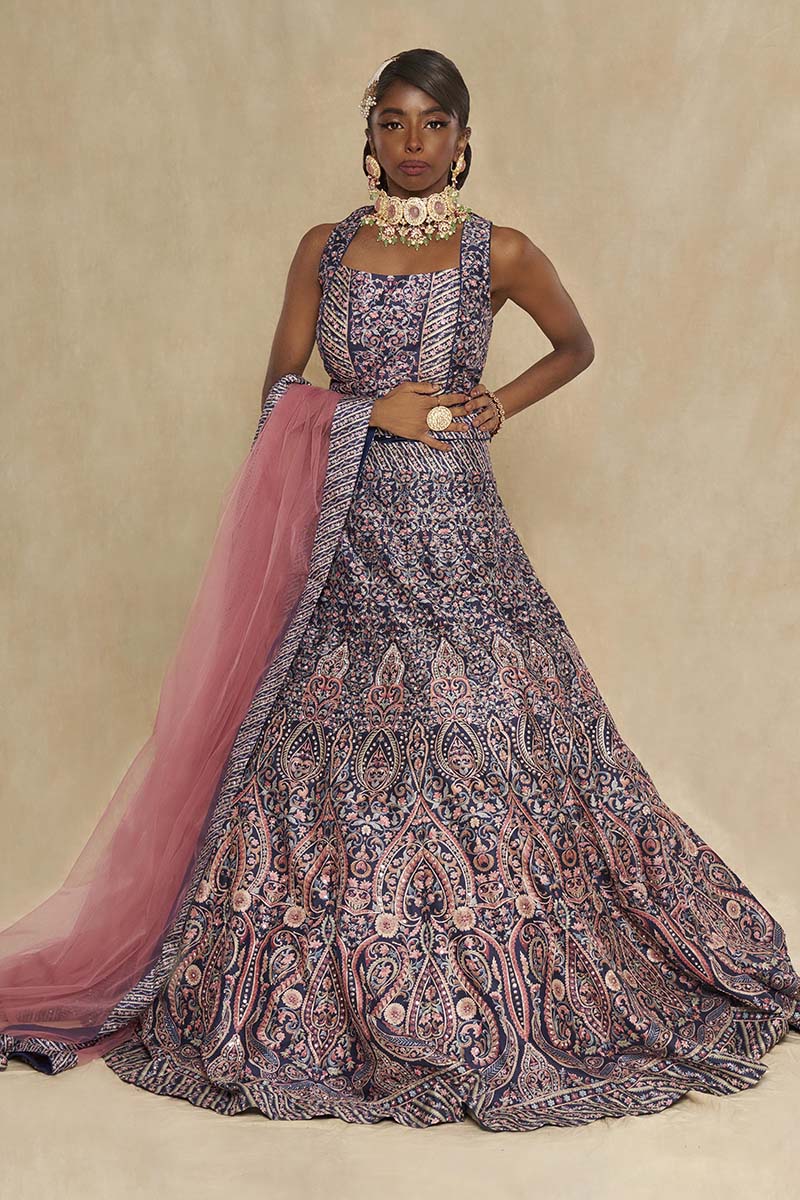
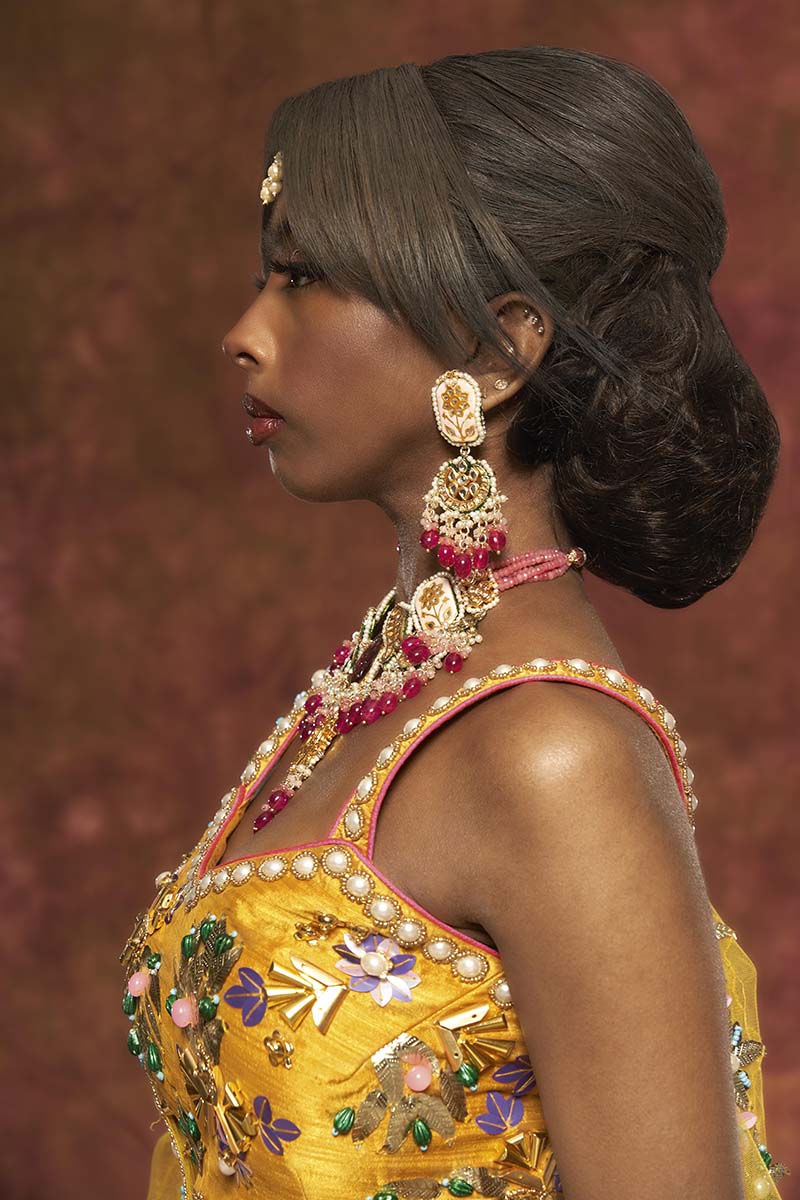
Karishma Leckraz
Petite Model & Eczema Awareness Campaigner
@ yasitkrishy
Suffering from a chronic condition that leaves her in constant pain hasn’t stopped Karishma from following her dreams, despite the many setbacks she faced. Karishma explains: “Eczema affects every day of my life. I’m constantly itching and in pain from flaking and dry skin. I’ve also faced a lot of colourism.”
Growing up Karishma was made to feel different as she had the darkest skin in her family. She recalls: “ I was called out for being darker. There was a lot of making sure I don’t go out in the sun, or using an umbrella and being given creams to help ‘get rid of my colour.’ I dealt with it by staying in my room and crying my eyes out. It’s something I had to swallow and keep to myself.”
Thankfully, Karishma hasn’t let the negative experiences of her past stop her from living her present and she’s proud to be taking up her own space in the fashion and beauty world by becoming a petit model. See says: “6ft people don’t resonate with me. I’ve never understood why petit people can’t model for our own height so I decided to enter the industry but it’s not been easy to get my foot in the door. There are obstacles like I’ll be on a shoot with other models who are 6ft but then they can’t get the placement of clothes right on me, even though they know my height and requirements, it becomes a big deal and I don’t know why.”
Karishma is committed to campaigning for equality and representation: “I’m a massive supporter of the change that’s coming about like Asiana doing this cover; it’s a step forward to help the fight for inclusivity.”
“Eczema affects every day of my life. I’m constantly itching and in pain from flaking and dry skin. I’ve also faced a lot of colourism.”
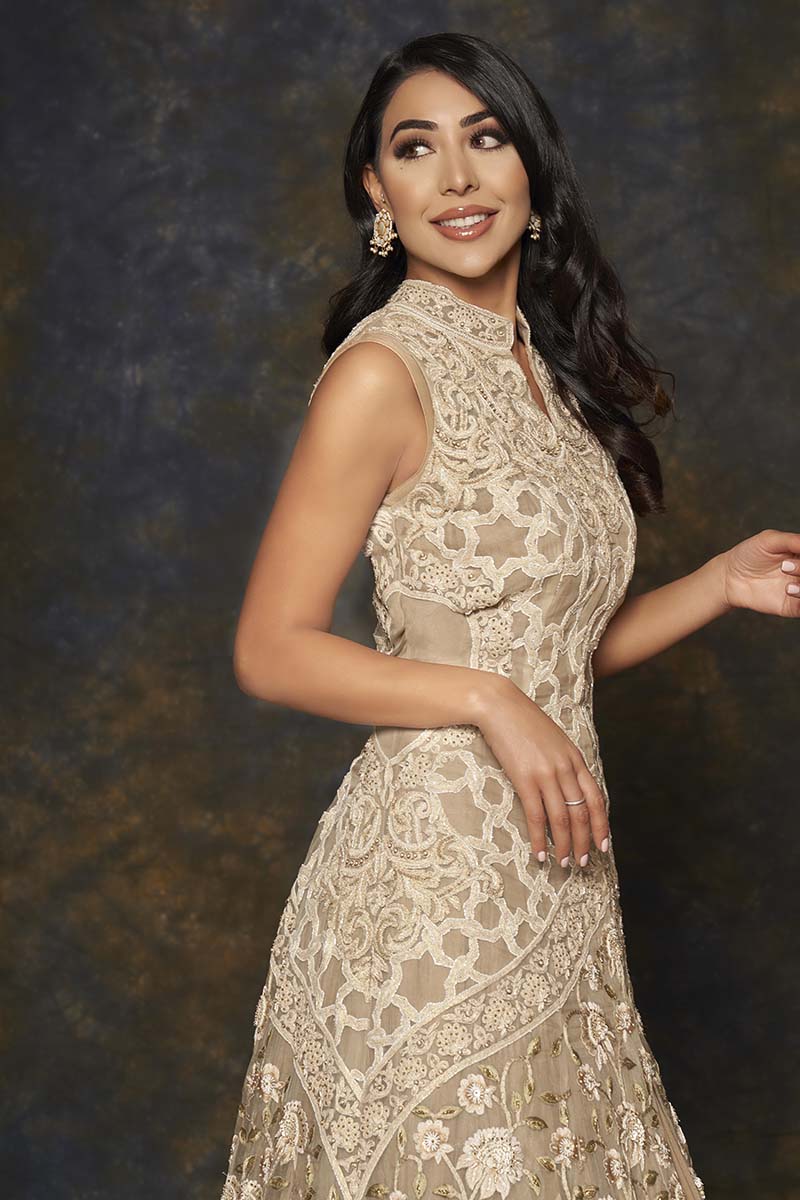

Aneesa Sharif Saddique
Model & Entrepreneur
@ aneesa_saddique
Scrolling through Instagram it can feel like Influencers have it easy, but international model Aneesa admits that’s not the reality: “It would be unrealistic to say we don’t have insecurities but it’s how you deal with them. We all have bad days but it’s how you get yourself back up. I try to promote positivity on my Instagram so that if you put your heart to something it can work out.”
When Aneesa embarked on a modelling career at the age of 21 she had to change her lifestyle: “I knew that if I wanted to be successful I had to start working out and look after my skin. Growing up we all have our hopes and dreams and for me getting accepted as a Pakistani British face that people can resonate with is something I appreciate.”
For some models their career is short but Aneesa is not letting that stop her ambitions. She enthuses: “If I can model until I’m 50 I will. I hope to give modelling 100% but I’m also an entrepreneur, the CEO of L’Amour beauty clinics.”
Aneesa has walked international catwalks and travelled extensively across the globe but being on the cover of Asiana is an emotional part of her career. She admits: “Growing up I would look at the covers of Asiana and tell my mum ‘those girls are so pretty I want to do that one day’ and now here I am.”
“Growing up we all have our hopes and dreams and for me getting accepted as a Pa-kistani British face that people can resonate with is something I appreciate.”
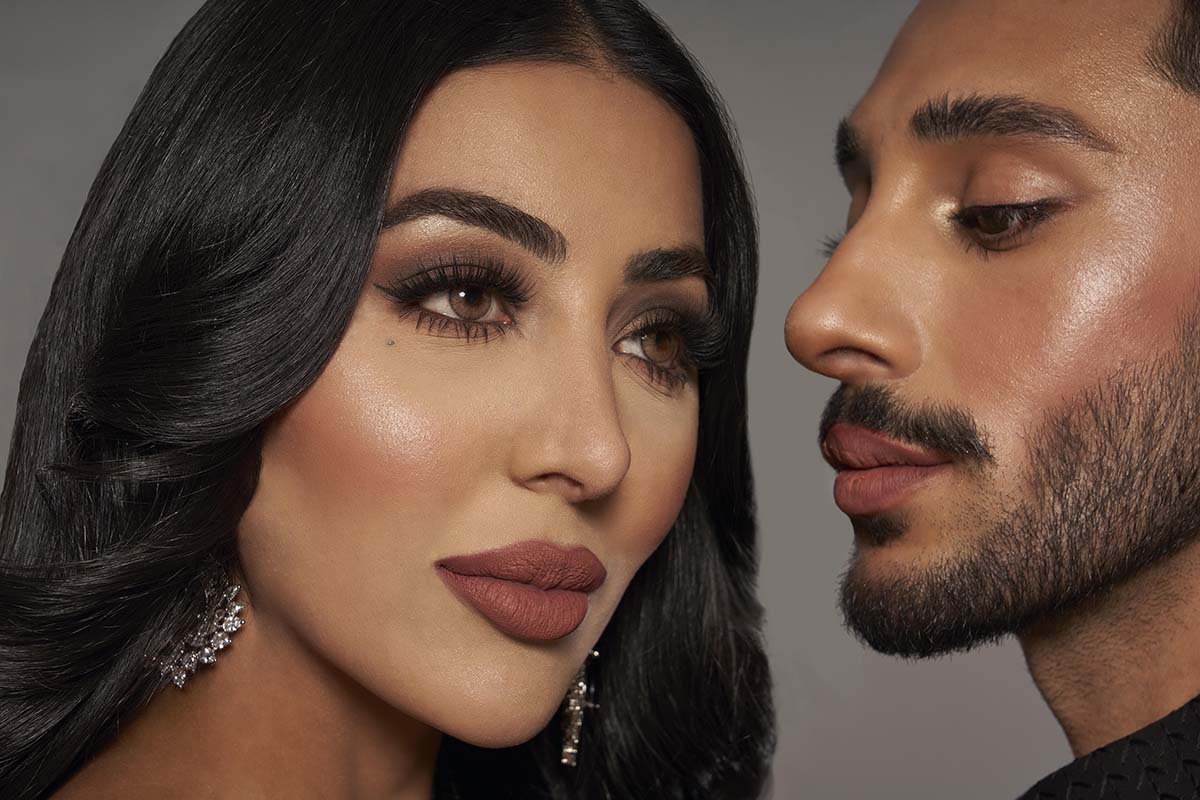
The Beauty Brigade
Celebrity Make-Up Artist Lubna Rafiq created the hair and beauty looks for our cover stars under the Creative Direction of Asiana’s Editor Indiya Ahmed. There were four fashion looks, accompanied by four beauty themes, each tailored to the individual influencer. Lubna explains:
“For Karishma I spent some time soothing her skin by applying Medik8 serum which reduced some of the dryness on her face and neck and then applied a moisturiser before using make-up in a sensitive way. For Afshan the focus was on contouring her beautiful face, for Jas we made sure her skin glowed with vitality and for Zain it was simply making the most of their incredible features accentuating what nature has given them.”
Having worked on several Asiana covers including with Bollywood superstar Kareena Kapoor for our Summer 2017 edition, Lubna has experienced the challenges that come with working under pressure but this shoot proved to be one of her favourites. She enthuses: “It was a real pleasure to work with six such different personalities. There was a lot of pressure as we had one day and four looks but we had a lot of fun on set. Everyone was friendly there was no egos, just a positive and supportive environment. I was really proud of my senior stylists who assisted me on the shoot too. Samira, Monica, Nadia and Hasvinee were all so dedicated and hard-working it was great to know that since I trained them they’ve really flourished in; it was a joy to watch.”
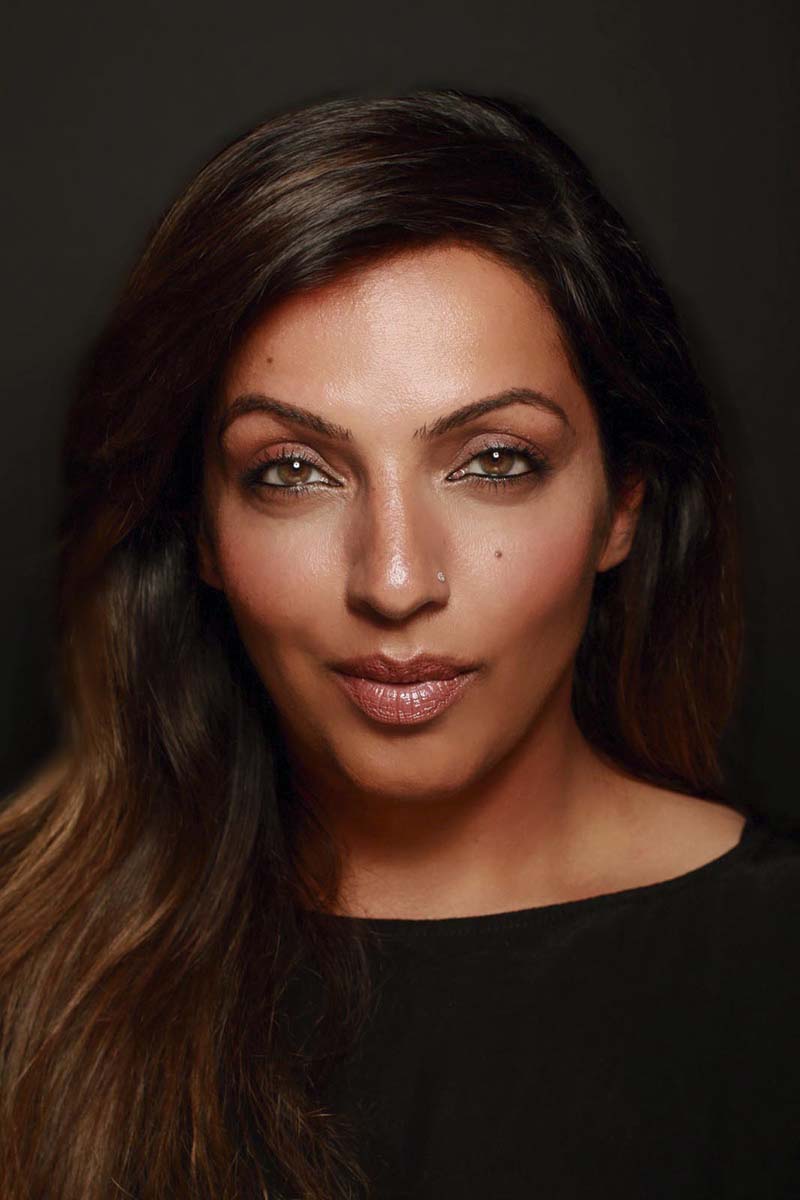
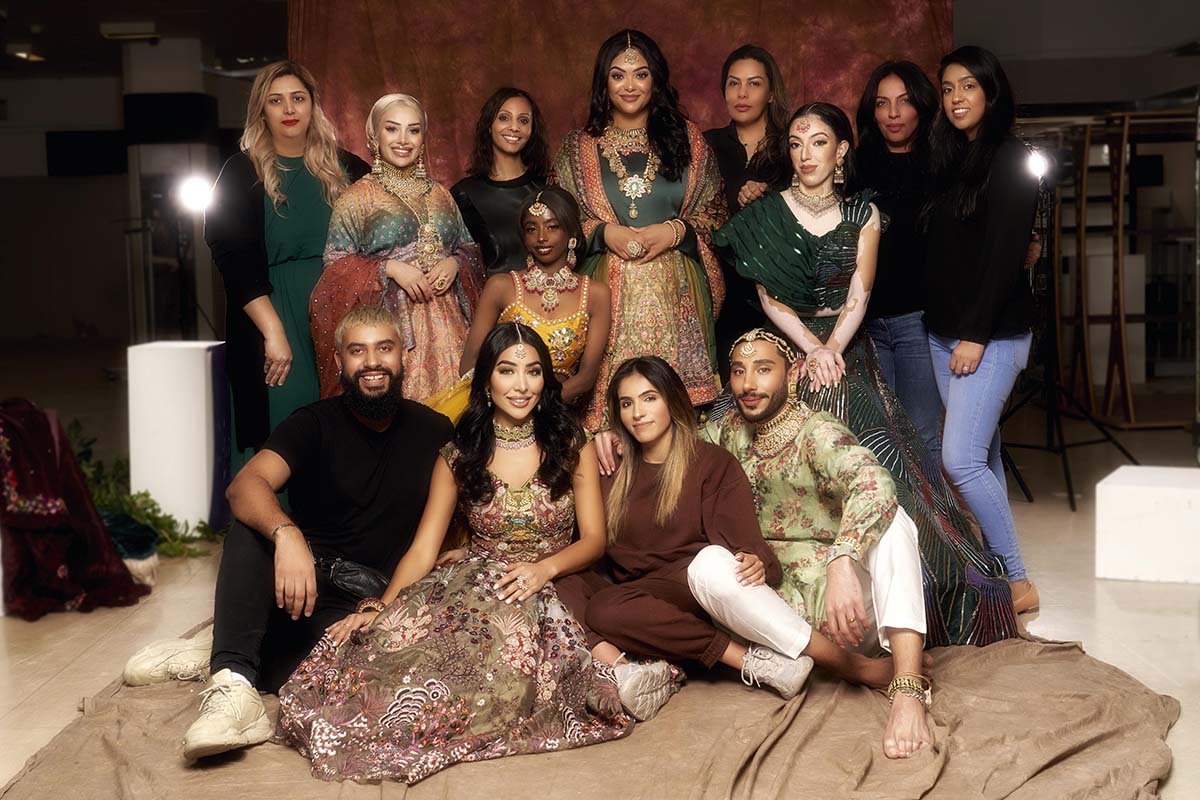
The Fashion Finds
With a total of 24 outfit changes during our cover shoot we needed choice and flexibility so that all of our influencers found styles they felt happy and confident wearing and of course had the wow-factor needed to appear on the cover of the World’s Biggest Asian wedding magazine. For this shoot Creative Director Indiya Ahmed chose pieces from Monga’s, Seasons and new label Nazia Nasir.
The four contrasting looks included a contemporary soft gold collection featuring delicate embroidery, lace and embellishments set against pastel shades of beige, stone, ivory, and cream. The black eveningwear theme captured high-glamour couture featuring feathers, layers and stonework while the mendhi pieces were vibrant and joyful with greens, yellows and oranges seen in lenghas, party dresses, and a beautiful sari.
For the fourth collection romance was at the heart thanks to an exquisite palette of pinks and purples. Everyone loved their wardrobe choices as Indiya reveals: “Asian bridalwear has come a long way from the traditional red and gold heavy embellishment it was once associated with. Today’s couples want something different.”

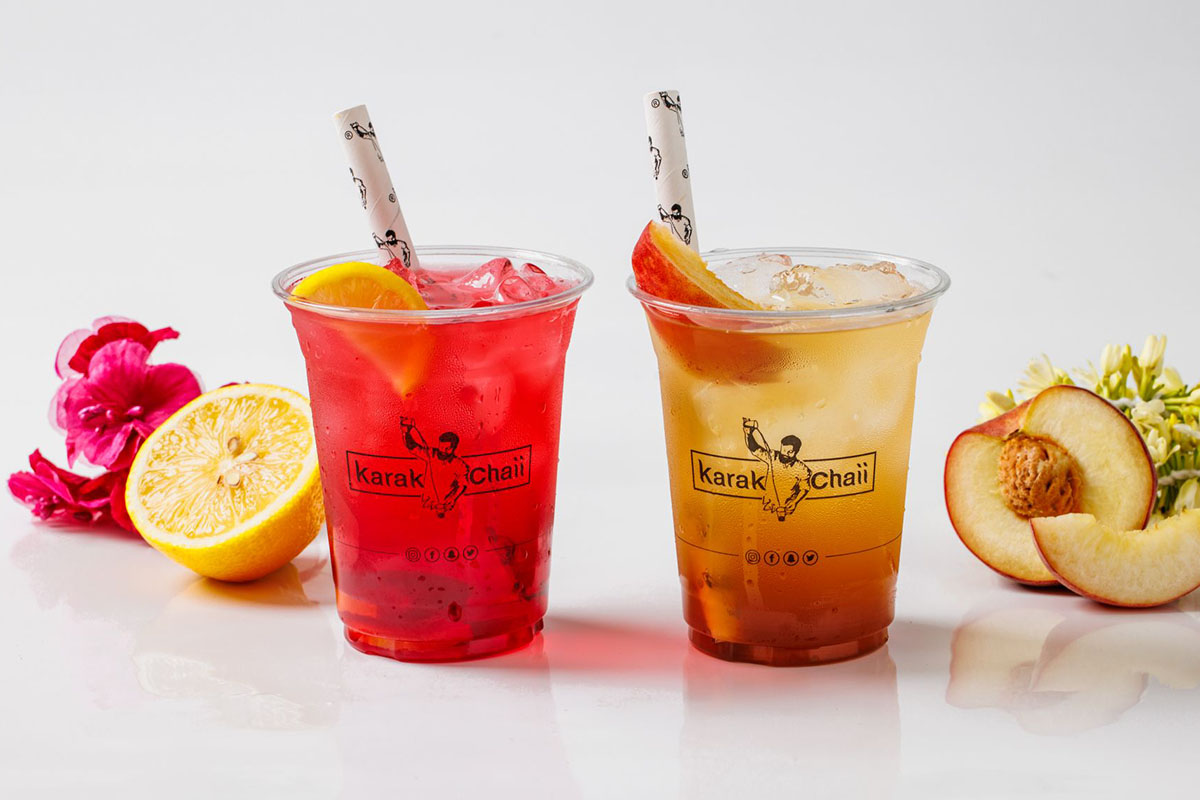
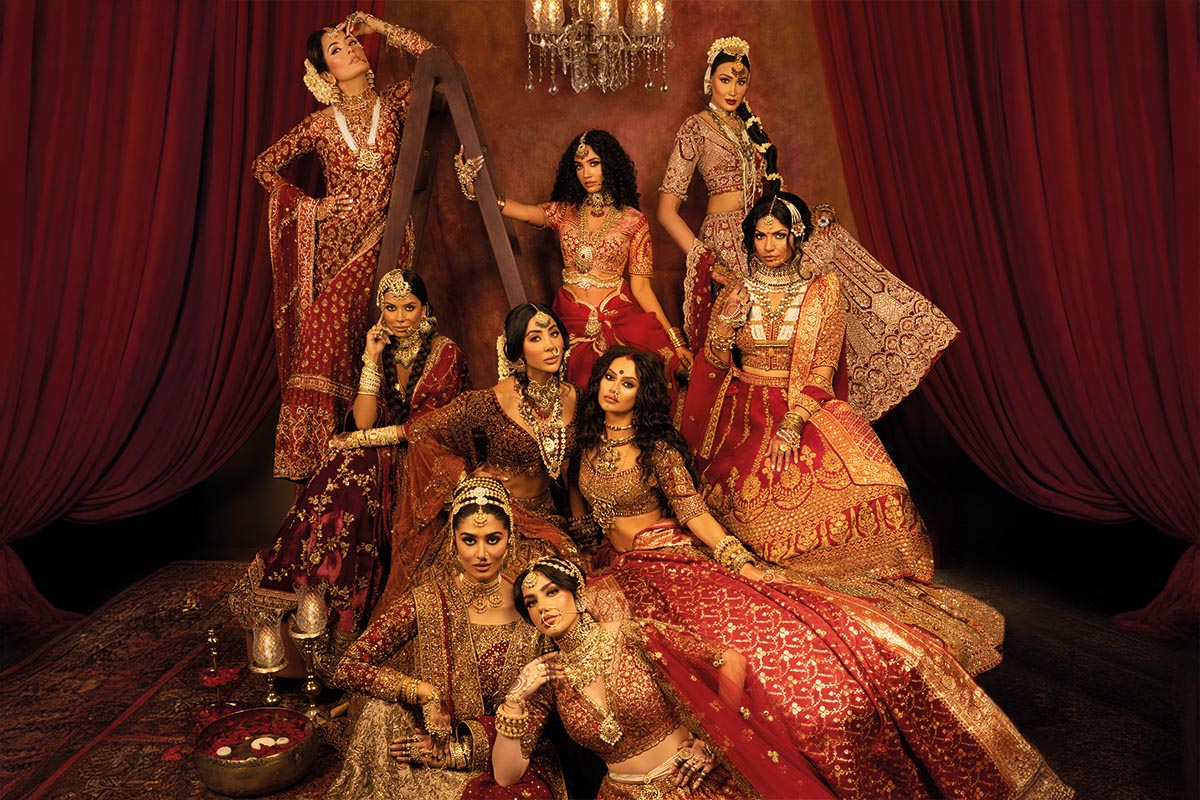
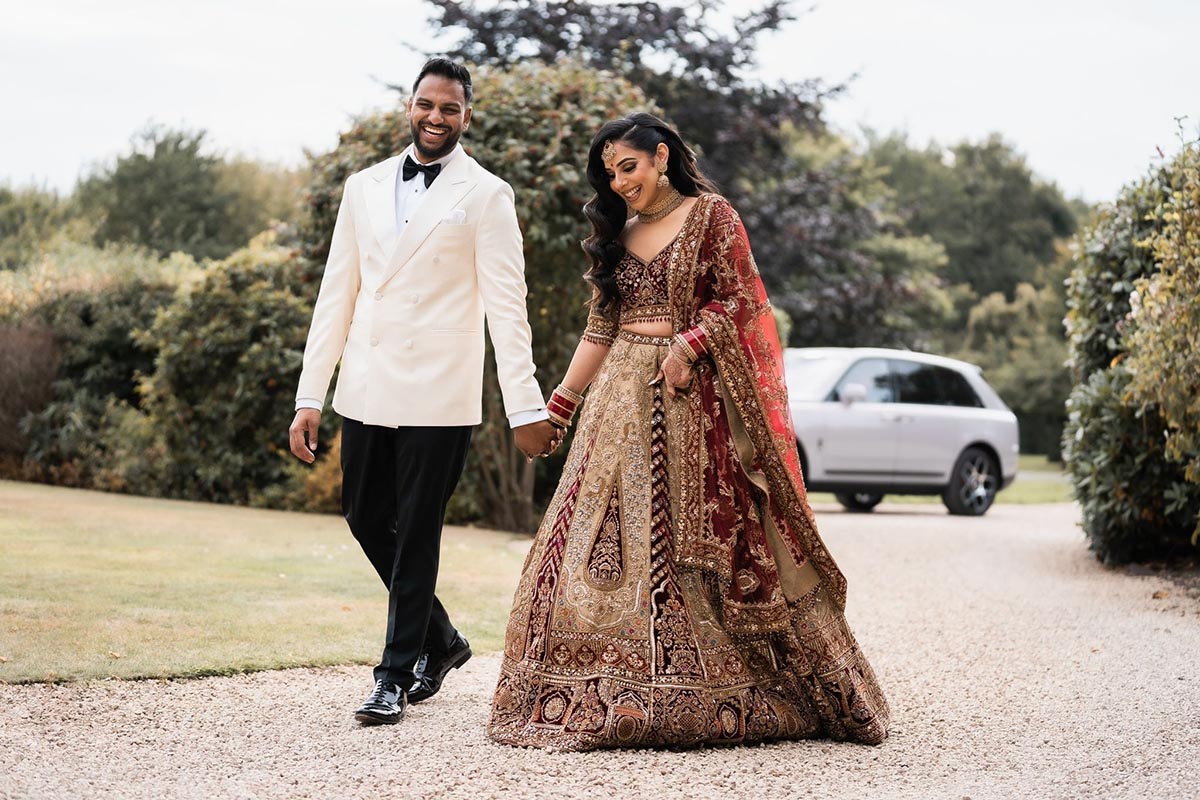
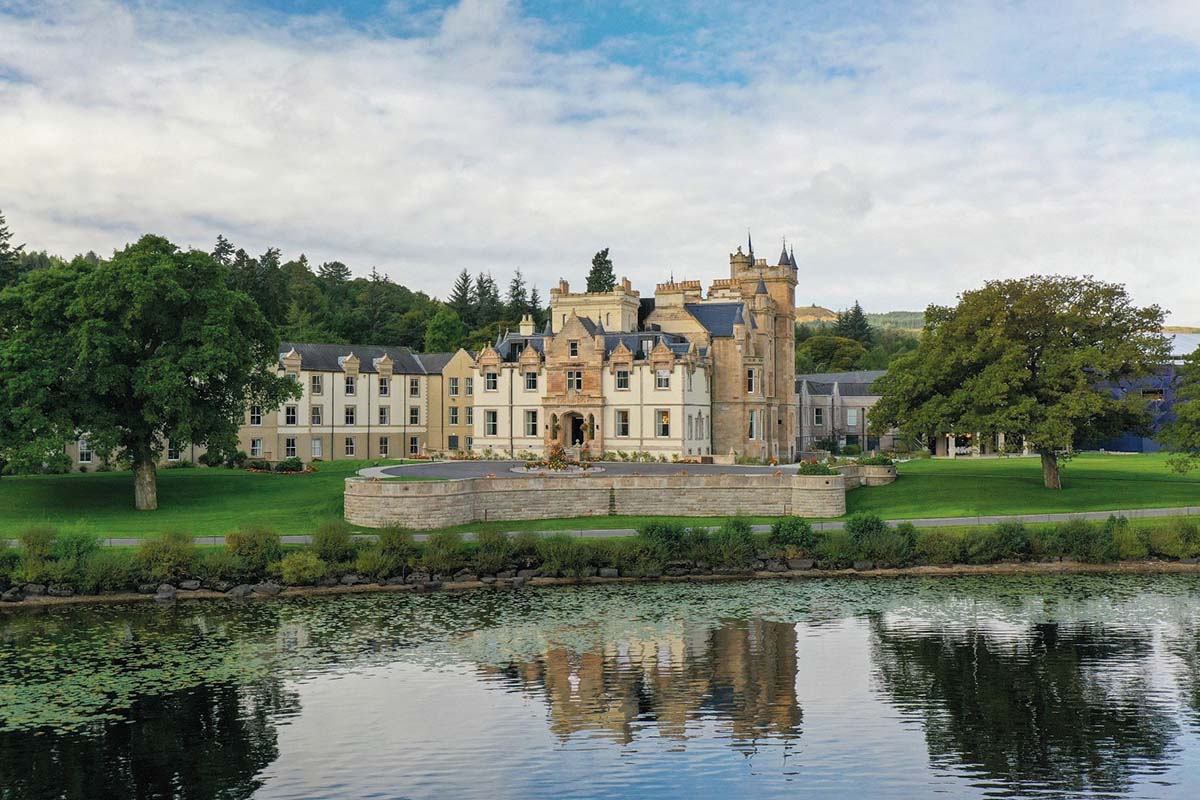

Get Social